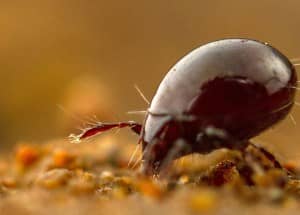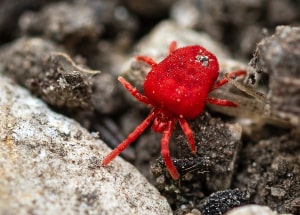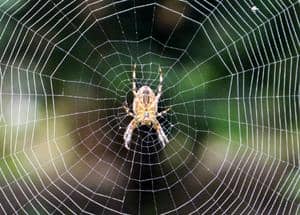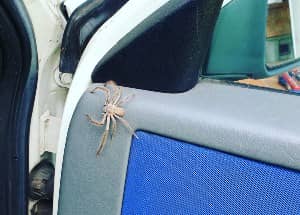How to Get Rid of Mites: Complete Ticks Control
What to do if you encounter ticks? Or wondering how to get rid of mites? You will learn about it in the guide I will gladly provide you. You will discover how to deal with them from real experts. I will tell you in detail what types of mites exist, as well as how to … Read more





